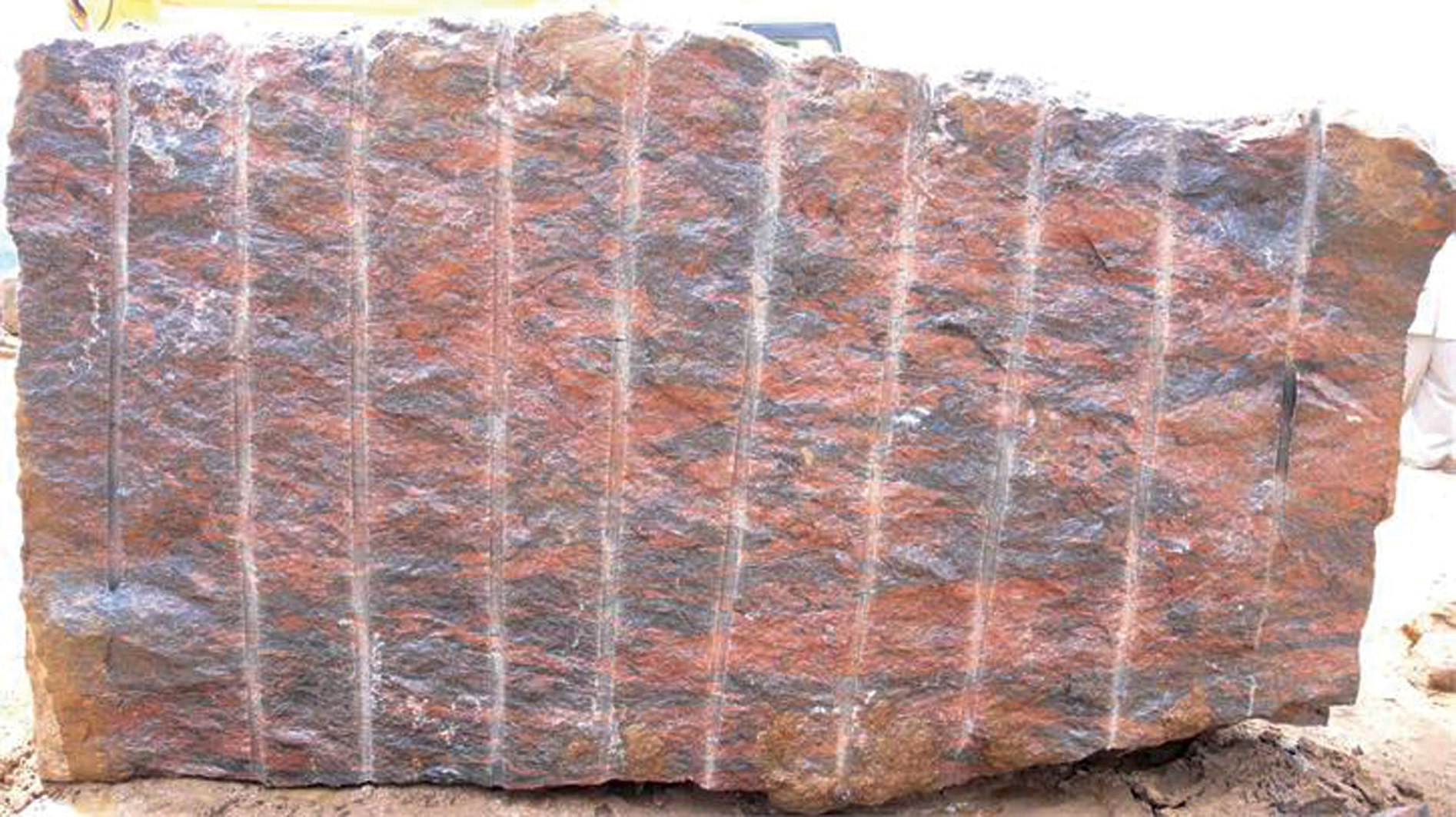Travelling Via Granite Quarries in South Africa: A Visual Odyssey
Travelling Via Granite Quarries in South Africa: A Visual Odyssey
Blog Article
Exploring the Hidden Midst of Granite Quarrying: Unveiling Nature's Work of art
The globe of granite quarrying is a realm where nature's ancient procedures satisfy human ingenuity in a cooperative dance that has actually shaped landscapes and worlds for centuries. From the elaborate geological developments that birth this impressive stone to the thorough methods and equipment utilized in its removal, the trip into granite quarrying is a testimony to the harmonious coexistence in between guy and nature. As we start to untangle the layers of this industry, we are met a tapestry of environmental factors to consider, artistic ventures, and international ramifications that bid us to check out better the covert midsts of this natural masterpiece.

Geological Development of Granite
Granite, a type of igneous rock, develops deep within the Earth's crust with a complicated process of cooling and solidification. The cooling process can take millions of years, permitting for the growth of big mineral grains that provide granite its distinctive appearance and longevity.
Geologically, granite is identified as a felsic invasive rock, implying it is rich in silica minerals and kinds from magma that intrudes into existing rock developments. This intrusive development process contributes to granite's grainy structure and high compressive strength, making it a preferred option for building and building purposes. As a result of its appeal, sturdiness, and resistance to heat and scrapes, granite has actually ended up being a popular product for counter tops, floor covering, and ornamental elements in both property and commercial setups.
Quarrying Methods and Tools
Using innovative machinery and specific techniques, quarrying procedures essence granite from all-natural deposits with performance and precision. The procedure starts with the identification of appropriate granite deposits through geological studies. When a practical website lies, the extraction stage commences. Diamond cord saws are typically made use of to puncture the granite, as they provide accuracy cutting without creating damage to the stone. These cable saws are run by proficient professionals who very carefully browse the cuts to guarantee maximum return from the quarry.
Large excavators and loaders are then used to remove the cut granite blocks from the quarry. These durable equipments can handle the immense weight of the granite blocks, making transportation within the quarry site and filling onto vehicles for further processing efficient. Additionally, drilling equipment geared up with diamond-tipped drills is used to create holes for splitting the granite into smaller, more manageable pieces. This regulated splitting procedure ensures minimal waste and optimum usage of the drawn out granite. Generally, the combination of advanced equipment and experienced labor is important in the quarrying process to extract granite effectively while maintaining its top quality.
Ecological Impact and Sustainability
With the boosting focus on environmental awareness in commercial practices, the granite quarrying industry is under analysis for its influence on communities and natural deposits. Quarrying for granite can have significant ecological repercussions, including environment damage, dirt erosion, and water air pollution. The extraction of granite frequently entails making use of explosives to damage the rock, bring about noise and air pollution. The hefty machinery used in quarrying operations eats big quantities of energy, adding to greenhouse gas emissions.
To alleviate these ecological impacts, sustainable quarrying methods are being created. Companies are carrying out actions such as reforestation programs, water recycling systems, and dust suppression strategies to minimize their environmental impact. In addition, some quarries are currently utilizing sustainable power sources to power their operations, minimizing dependence on fossil gas.
Artistry in Granite Sculpting
The elaborate process of transforming raw granite into sensational masterpieces calls for remarkable skill and craftsmanship. granite quarries in south africa. Granite sculpting is a careful art form that requires perseverance, creativity, and an intense understanding of the rock's homes. Carvers need to have a deep admiration for the all-natural elegance of granite and the capacity to picture and remove the surprise creativity within it
Artistry in granite sculpting involves a series of accurate steps. The sculptor begins by picking the best granite piece, taking into consideration variables such as shade, veining, and structure. Then, using specialized tools like knives, mills, and polishers, the sculptor meticulously carves, shapes, and refines the rock to bring their vision to life. Each sculpt mark, each contour, and each gloss is a purposeful and calculated action in the direction of perfection.
The outcome of granite sculpting is a spectacular work of art that showcases the carver's ability and the Read Full Article intrinsic beauty of the stone itself. Whether it's an impressive sculpture, an intricate water fountain, or a comprehensive alleviation carving, granite sculptures stand as testimonies to human imagination and the long-lasting appeal of all-natural materials.
International Importance of Granite Sector
Playing a critical duty in building and building projects worldwide, the granite market functions as a foundation in the international economic climate. With its convenience, longevity, and aesthetic charm, granite has actually become a recommended choice for a large range of applications, consisting of countertops, flooring, monoliths, and exteriors. The industry not only supplies employment possibility but additionally drives economic growth with exports and neighborhood intake.

In addition, the granite market plays a vital duty in sustainable growth efforts by advertising accountable this contact form quarrying methods and buying eco-friendly modern technologies. As the demand for all-natural stone proceeds to rise, the international value of the granite market fit metropolitan landscapes and preserving cultural heritage can not be overemphasized.
Conclusion
In final thought, the granite quarrying sector plays an important duty in showcasing nature's work of art. From its geological development to the artistry in sculpting, granite continues to hold worldwide value.
Report this page